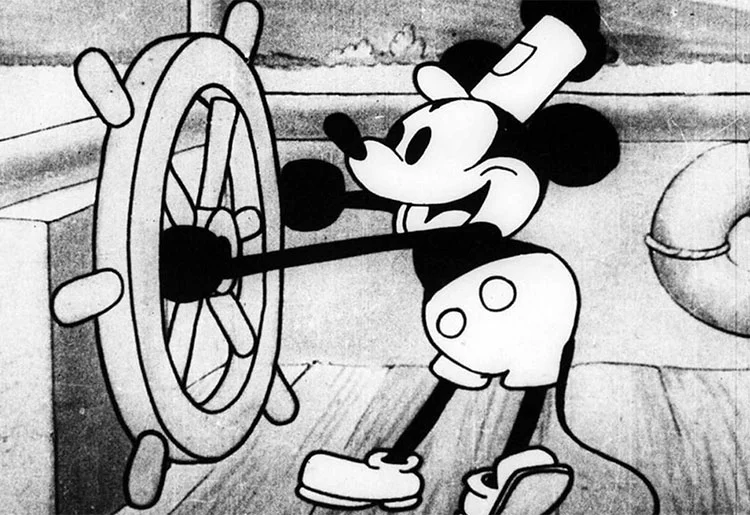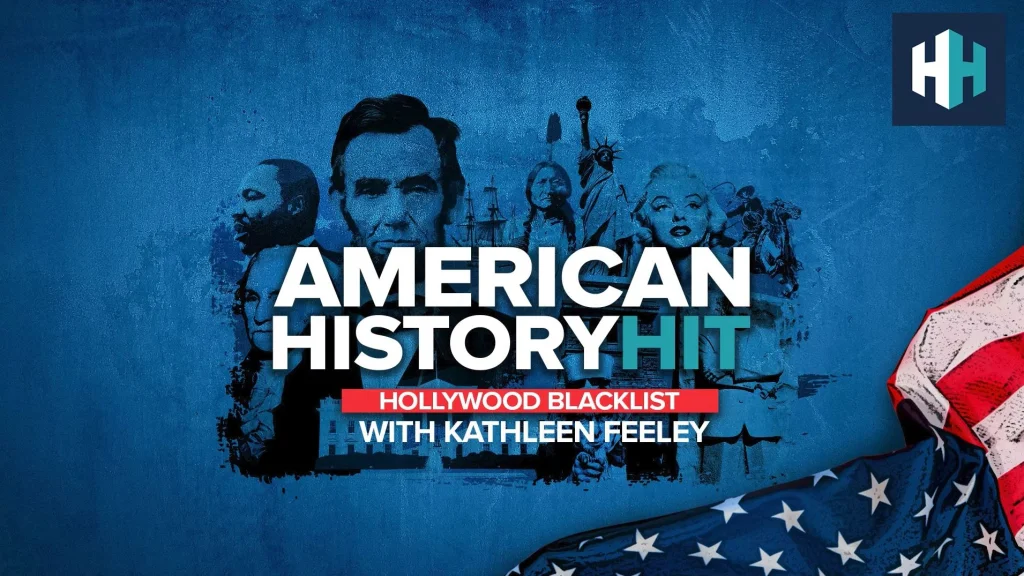
Walt Disney, an American producer and pioneer of the animation industry, first spotted the opportunity to launch a cartoon with synchronised sound in 1927, after watching The Jazz Singer. The feature-length movie was one of the first to feature both spoken dialogue and singing, performed by Al Jolsen, one of the world’s most famous entertainers at the time. It was an immediate box-office hit. Whilst there had been a number of “talkie” films made before The Jazz Singer, none had yet been commercially successful. Disney immediately realised that cinema was about to be transformed.
A disheartened Disney had been been trying for some years, without much success, to launch an animated series based around the adventures of a playful mouse called Mickey. Two cartoons had already been produced featuring the new character: Plane Crazy and The Gallopin’ Goucho. However, neither of these silent features had screened well with test audiences.
Disney realised that adding sound would give a novel marketing aspect to his animated series. In addition, he was determined to make his cartoons sound realistic, exactly matching with what was being seen on the screen.
Third time lucky
Steamboat Willie began production in July 1928 with a budget of $4,986. But not everyone was convinced about the appeal of adding sound to an animated film. In order to prove his point, Disney screened an early version of the film for the wives and children of Disney employees.

Walt Disney in 1935. Image credit: Public Domain, via Wikimedia Commons
The soundtrack had not yet been produced, so a system of microphones and speakers was set up and Disney gathered a team to produce the music and sound effects live as the film played. The audience response was unanimously positive. Now certain that he was on the right track, Disney arranged for a soundtrack to be recorded and synchronised with the film. Walt Disney and his staff toiled long hours in order to finish the film. Ub Iwerks, who had refined Disney’s original sketch of Mickey, would animate almost the entire cartoon himself.
The film was released on 18 November, 1928 to commercial and critical success. It was not the first cartoon to feature sound but, as a Variety Magazine noted, it was the first “to attract favourable attention”. The character of Mickey Mouse attracted particular attention, so much so that Disney added a soundtrack to the two earlier cartoons featuring Mickey and released them as well.
Only the beginning
The success of Steamboat Willie was phenomenal. A series of short films appeared within months. Mickey Mouse quickly became one of the world’s most recognised cartoon characters and Walt Disney soon became a household name. Mickey Mouse appeared in some 130 films and by the 1950’s Disney had launched a Mickey merchandise line, a fan club for children, a theme park and a newspaper comic strip. Thanks to Disney’s marketing genius Mickey Mouse rapidly rose to the pinnacle of American culture, with his ears becoming an iconic image of the 20th century.
 Listen Now
Listen Now













